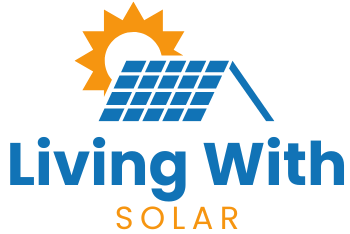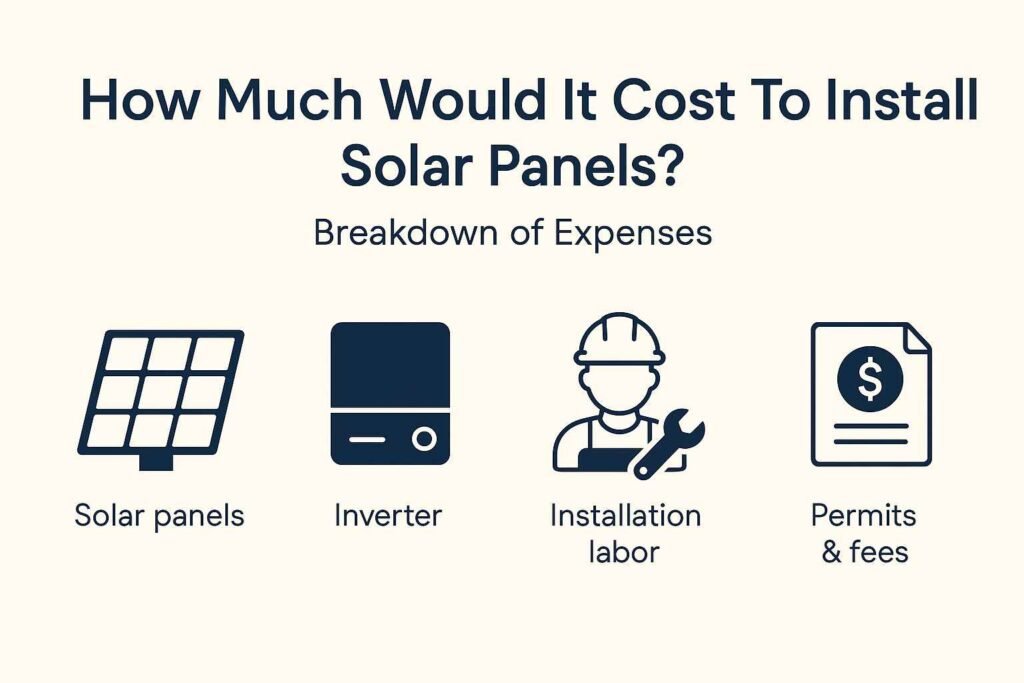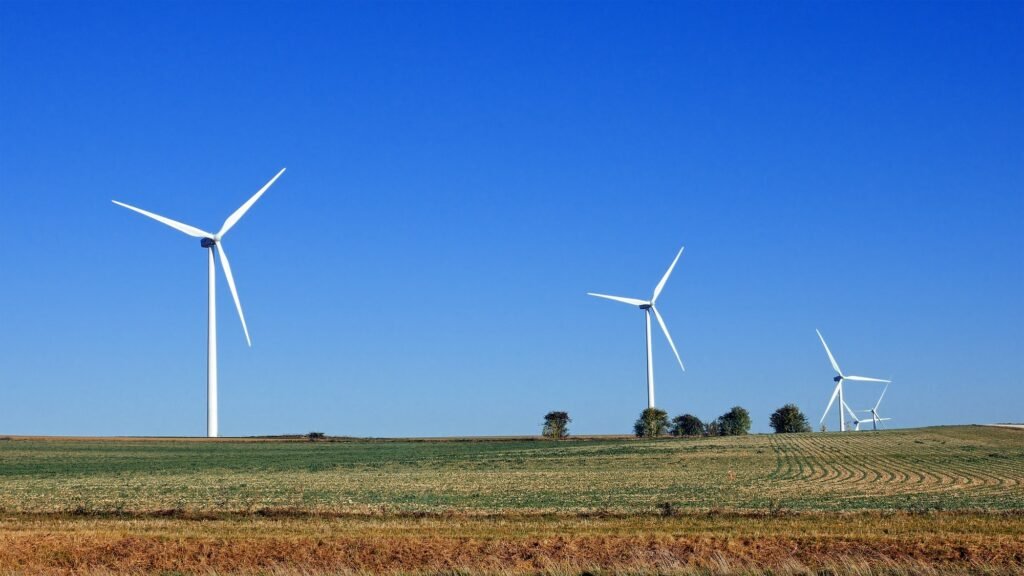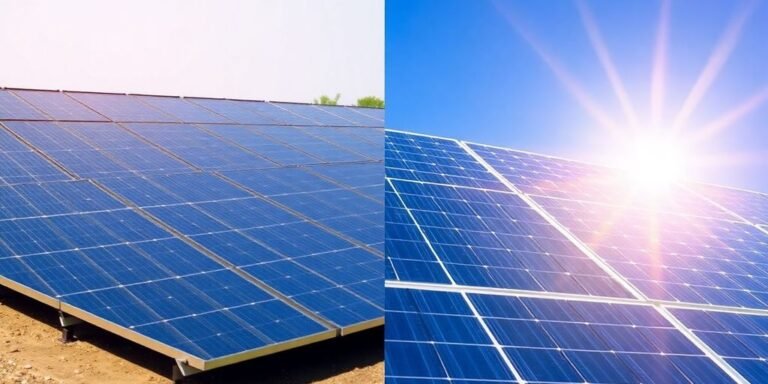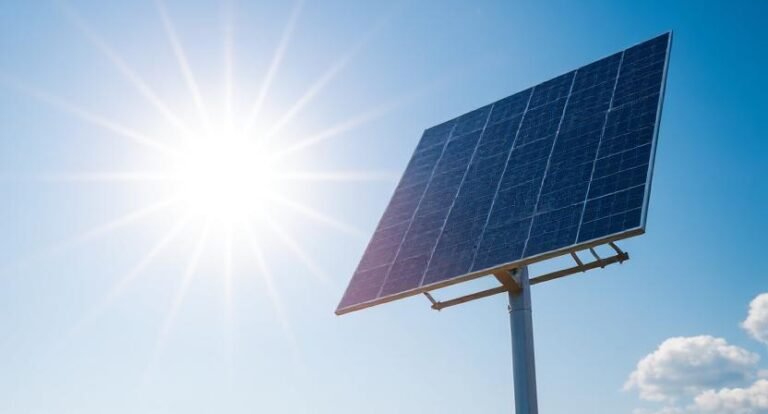Considering going solar? It’s a substantial decision, and a frequently asked question is: “What is the cost to install solar panels?” As it turns out, it’s not that simple. The cost can vary significantly based on where you live, the kind of system you want, and yes, the condition of your roof. But no worries — we’ll dissect all of those things that contribute to the bottom line, so you’ll have a better idea of what’s in store for you.
Key Takeaways
- The average cost of a basic home solar system in 2025 is about $29,360 before rebates or other financial assistance.
- You would save a substantial amount of money over time — perhaps anywhere from $31,000 to $100,000 over 25 years — by going solar.
- The solar panels themselves are less than a third of the total cost of putting in a solar system.
- For most homeowners, the overall cost can be reduced substantially with government programs and state-specific incentives.
- Considerations such as the condition of your roof, whether your electrical panel needs an upgrade and even if you have large trees casting shade, can add to the total cost.
How Much Does It Cost to Install Solar Panels in 2025?
The average cost to install residential solar panels in the U.S. in 2025 is approximately $29,360 before incentives. After applying federal tax credits and state-level rebates, that number often drops to around $20,000 or less.
What Affects Solar Panel Installation Cost?
- System Size (kW): Larger systems cost more but save more over time.
- Roof Condition: Complex or old roofs increase labor costs.
- Equipment: Premium panels and inverters raise prices.
- Permits & Labor: Vary widely based on local regulations.
- Upgrades: You may need a new electrical panel or tree removal.
Location-Based Cost Example
| State | Avg. Post-Incentive Cost | 25-Year Savings |
|---|---|---|
| California | $14,213 | $119,096 |
| Texas | $20,523 | $85,996 |
| Florida | $21,690 | $37,341 |
Will You Save Money?
Absolutely. Over a 25-year lifespan, homeowners can save between $31,000 and $100,000, depending on energy use, utility rates, and local net metering policies.
Understanding the Overall Cost to Install Solar Panels
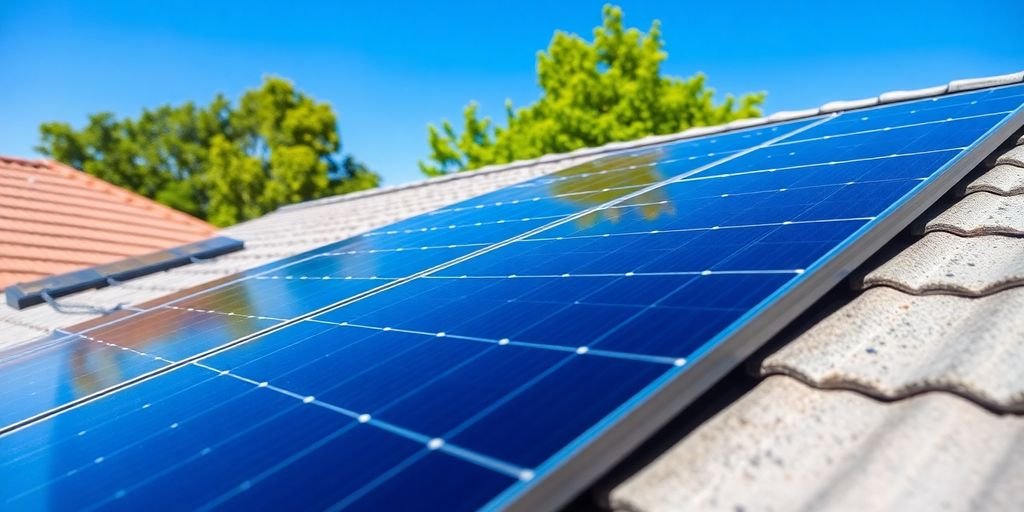
Average Solar Panel Installation Costs
When I first began researching solar, I was overwhelmed by all of the numbers. It just so happens, the cost of a home solar system can vary widely. That would mean you’re probably paying somewhere in the neighborhood of $29,360 for an 11 kWh setup, not counting any tax credits or rebates you might receive. After that, it can plummet, even to about $20,552. It’s a lot of money, to be sure, but keep in mind that this is simply an average. Your specific situation will certainly alter that number.
Factors Influencing Solar Panel Pricing
So, what’s driving the price up or down? A bunch of things. The panels themselves are only part of it. The variety of the equipment, including the inverters you select, also matters. For instance, microinverters or optimized inverters may tack thousands of dollars onto the cost versus string inverters, but can be worthwhile if your roof is complex or heavily shaded.
Then there is the labor, from design and engineering to actual installation. The company you choose matters, too: Some installers charge more if they have a local reputation or offer better warranties, as electrical work is subject to local permits and inspections. Not to mention permitting and interconnection charges, which are required costs.
I’ve come to realize that, although the initial price tag of solar panels certainly appears high, you’re really paying for an investment. The upfront payment is only one part of the calculus, and knowing all the factors that go into it can make the total add up. It’s not just a panel purchase; it’s a whole new energy system for your home.
Here’s an abbreviated rundown of where the money tends to go:
- Hardware: You get the panels, the inverters, racking, and wiring. That’s a lot, sometimes close to 46% of the total expenditure.
- Labour: which includes the physical installation of the system, design work, and project management. It’s equivalent to about 7 percent of the total cost of solar panel installations.
- Permitting and Fees: These are the regulatory costs for obtaining approval and access to the grid.
- Overhead: These are costs that would be needed for the installer to remain in business, such as sales, marketing, and administrative costs.
Savings Over the Long Run on your San Diego Solar Panels
Well, here’s the juicy part: the savings in the long run. The only con is the upfront cost, but solar panels can save you a lot of money over time. We’re talking somewhere between $31,000 and $100,000 over 25 years.
That’s a decent reason to give it a try, isn’t it? These savings occur because you don’t need to buy as much electricity from the utility company. And in some locations, you can even sell extra power back to the grid for additional savings. It’s a significant investment to begin with, but the financial rewards in the long run are great.”
Key Components That Determine How Much It Would Cost To Install Solar Panels
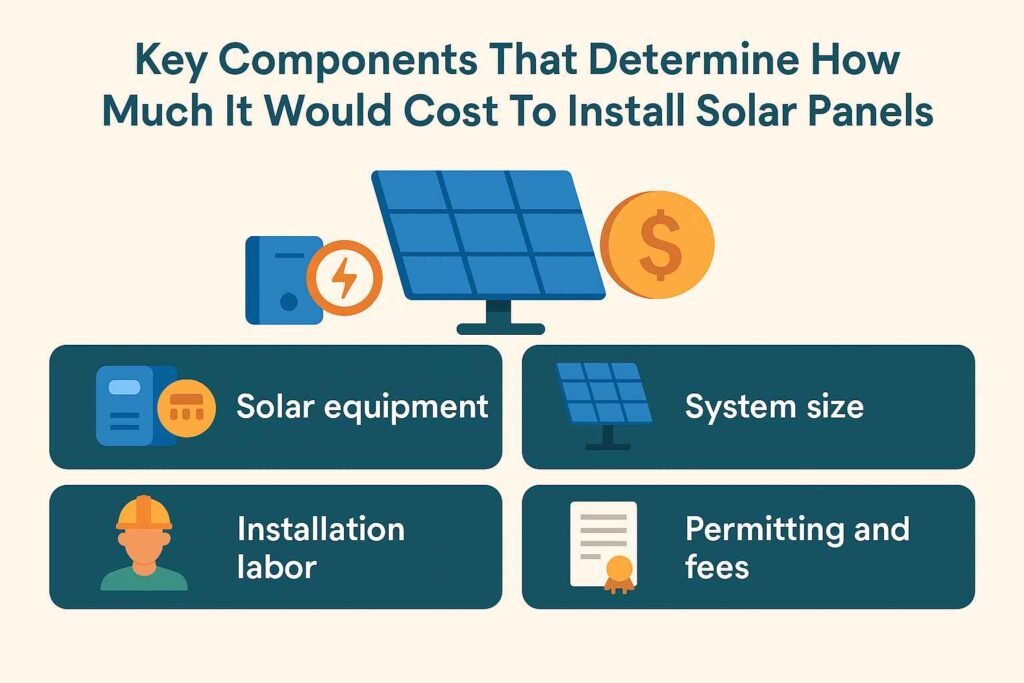
So when I began researching solar, I soon discovered that it’s not just about the panels, particularly that part about all-year round. There are a lot of pieces that add to the final price tag. Once I understood these pieces, it helped me visualize where my money was going a little more clearly.
Solar Equipment Costs
So, the panels are a big part, it’s true, but they are not the only part. They are often less than a third of the overall cost of the equipment. You have the panels, of course, and the inverters, but there are also monitoring systems, each of which can be managed by a computer, and communication systems designed to carry signals from the monitoring devices to the monitoring company and back.
There are different types, such as string inverters, microinverters, and power optimizers, and they come with different price tags and advantages. The type of inverter that you select could mean the difference between an efficient and economical system. Then there’s the racking and mounting hardware that supports it all to your roof, as well as all the wiring that connects it to everything else. It is a whole system, not just a few flat pieces of glass.
I discovered that as tempting as it is to buy the least expensive panels, spending more on equipment that can handle the elements is a game-changer. Higher quality, in most cases, is better performing with a longer life, which means more savings over time. There’s a balance, though: the most expensive option isn’t always required.
Here’s an approximate breakdown of standard solar parts:
- Solar Panels: Your primary source of power.
- Inverters: Transform direct current into alternating current.
- Racking and Attachments: Attach the panels to the roof.
- Wiring and Electric: Hook up the system.
- System of Monitoring: Keeps a record of performance.
Installer Costs
That’s another big slice of the total cost. The business that you choose to have it installed is going to charge for their services, and those prices can vary quite a bit. It’s not simply the labor, though that’s a piece of it. This also consists of things such as: Cost of Solar Panel Installation
- Project management: Putting it all together and making sure it happens on time.
- Designing and engineering: Confirming that the system is suitable for your home.
- Allowing aid: Handling the local paperwork surrounding all of that.
- Warranty and support: What if something goes wrong once your project’s been installed?
Some installers may charge more because they have a long history, good customer reviews, or offer excellent warranties. I learned that sometimes it’s worth paying a little more for a good, upstanding company that is proud to put its name behind its work. You don’t want to find yourself marooned with a problem and no one to call.
Allow and Interconnect Charges
This is the portion that is slightly bureaucratic-feeling, but absolutely necessary. And even before you can break ground, you have to deal with permits from your local city or county. These fees pay for the review of your plans as well as making sure everything complies with safety codes.
After the installation, you’ll have to obtain permission from your utility company to plug your new solar system. That’s called interconnection, and there are fees for that as well. By comparison to the equipment or installer fees, it’s not a tremendous expense, but it’s something to factor.
- Local building permits: Necessary for construction.
- Electrical permits: Guarantees that electrical work is done to standard.
- Utility interconnection fees: To link to the power grid.
- Inspection charges: To ensure compliance with the rules.
Factors on the Ground: What Makes Solar Prices Higher in Some Places Than Others?

As I started investigating solar for my own home, I soon discovered that what worked for my neighbor wouldn’t necessarily work for me. It’s not just the panels themselves; much of the cost varies by the particulars of your home.
Every home is unique, and those differences can add up when you consider solar installation. I don’t know; I guess I thought it was going to be pretty straightforward, but then I started hearing about “roof conditions” and “electrical panels” and my head started, erm, spinning a bit.
Roof Condition and Complexity
My roof, for instance, is quite old. When I obtained quotes, a few installers just red-flagged it. Happy to pay more?’ It would need repairs or a full replacement, they said, before they could even consider putting panels up there.”
That’s an entire other project, and it certainly contributes to the total bill. And if your roof has many dormers, skylights, or weird angles, that makes installation more difficult. More complex is normally more work, and more work is more costly. It’s like wrapping a shit-gift that is a really weird shape – it just takes longer and more effort.
- Roof Age: Roofs nearing the end of their useful life, or that haven’t been replaced for a while, may require repairs or replacement before installation.
- Roof Material: Certain materials, such as slate or tile, are more difficult to work with and can result in additional labor charges.
- Roof Pitch and Angles: You can use the angle of installation, if pitched or steep, or a complex roof would require special equipment, and the job would then take longer.
- Obstacles: Vents, chimneys, or skylights can complicate panel placement and escalate installation challenges.
Electrical Panel Upgrades
This was one more where I was surprised. I mean I assumed my electrical panel was okay, it’s never failed before, right? But apparently, for solar, it also needs to be capable of dealing with new power coming in.
Many existing houses, like mine, have electrical panels that are simply not up to the job of handling solar power. If you have anything shy of a 200-amp panel, you may be due for an upgrade.” It’s not a small job: It requires an electrician, new wiring, and, in some places, permits. It’s a needed process, but it’s surely an additional cost that I didn’t initially account for.
I found out that the electrical panel is the heart of your home’s power system. And if it’s too weak to get all that new solar energy through, you’re going to have issues. Better to do it right from the get-go, even if you have to shell out a little more upfront.
Tree Removal and Shading
I have some large, handsome trees in my yard, and I treasure them. But guess what? Mid-afternoon, especially, they put a lot of shade all across my roof. The solar guys who came out told me that those trees would cut down considerably on the amount of power my panels would produce. So I had to choose: live without power or pay to get some of those branches or even whole trees removed.
Taking down trees is costly, and it’s one more of those hidden fees that can come out of nowhere. It’s a culture clash between wanting to reap the benefits of your solar investment and getting along with your trees. It’s something to think about early on, and before you get heavily into planning a solar system. You can also explore how solar panel cost varies by state to tell whether regional influences would make a difference.
Differences in Location When Installing Solar Panels
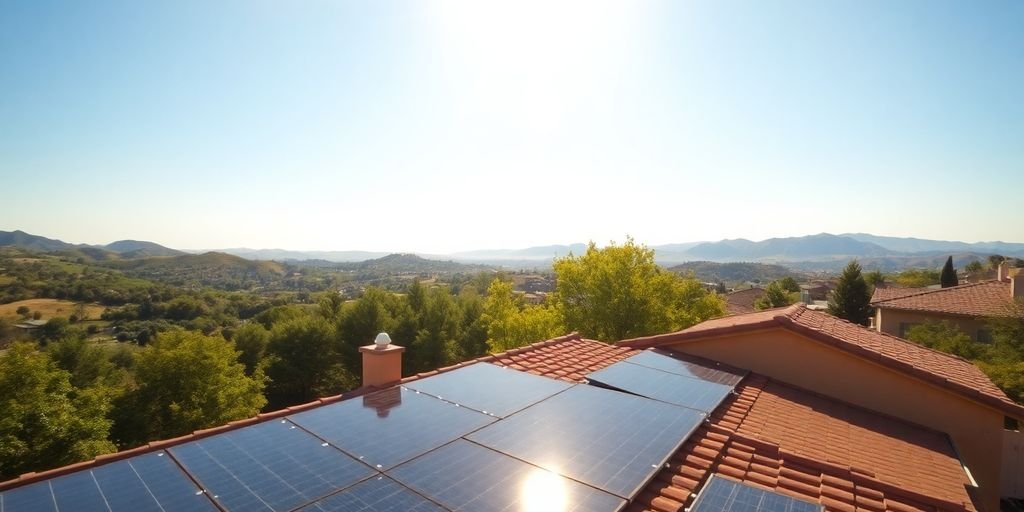
When I began investigating solar, I learned pretty fast that where you live matters a lot when it comes to how much you end up paying. It’s not only about what equipment is available; it’s about factors from how much sun your state gets to what kind of financial help is available. I mean, solar is solar, I thought — but it’s way more nuanced than that, it turns out.
Regional Differences in Sunlight Exposure
One of the first things I discovered is that not all sunshine is created equal, at least when it comes to solar panels. Sunnier states with more clearly beamed solar energy now need smaller systems to produce the same amount of electricity as those in less sun-drenched states.
And that could mean that if you live in, say, Arizona, you might need fewer panels than someone in Washington state to meet the same energy needs. It’s all about solar irradiance, or essentially how much solar power lands on a given area.
Each less hour of sun and you will need that much more panelage to make up the difference, and more panels inevitably translate into higher acquisition costs. The equation itself is pretty simple when you stop to think about it.
State-Sponsored Incentives and Rebates
Here’s where it gets sticky, or confusing, or, actually, very interesting. Each state appears to have various rule books and rewards for going solar. I spent a fair amount of time trying to work out what’s out there in my area. In addition, they help offset the net system price. Here are a few categories I discovered as I was browsing:
- State Tax Credits: These subtract money directly from the amount of income tax you owe, so they can save you big.
- Performance-Based Incentives (PBIs): In some states, you can get paid for the electricity your panels produce, either through programs like Solar Renewable Energy Credits (SRECs) or in terms of actual financial compensation for sending the electricity back to the grid.
- Property Tax Exemptions: Some States and local governments will not increase your property tax bill when you add solar panels!
- Sales Tax Exemptions: You won’t have to pay sales tax on the solar equipment if you live in a state with a sales tax exemption, which varies depending on the state, but can be a few hundred dollars to a few thousand dollars saved.
I discovered that knowing these local programs was at least as important as obtaining quotes from multiple installers. Without these inducements, the upfront costs can seem pretty intimidating.
Of course, you’ll want to know just how to do that, and that’s exactly what we’ve done: We’ve uncovered all the potential savings for the average homeowner, which is akin to finding hidden deals that make the entire project a lot more doable.
Average Cost of Solar Panels by State
After all my research, I built out a little table of my own to get a rough sense of what to expect. Remember, these are just averages, and your costs will depend on a number of factors, including the size of your system and the installer you hire. But it offers you a way to get a rough sense of the cost of solar panels in different places.
State-by-State Solar Panel Cost Analysis (2025)
| State | Avg. Cost Before Incentives | Avg. Cost After Incentives | Cost per Watt | Estimated 25-Year Savings |
|---|---|---|---|---|
| Alabama | $44,062 | $30,843 | $3.15 | $59,687 |
| Arizona | $27,045 | $18,932 | $2.05 | $32,700 |
| California | $20,304 | $14,213 | $2.29 | $119,096 |
| Colorado | $30,263 | $21,184 | $2.84 | $31,568 |
| Florida | $30,985 | $21,690 | $2.29 | $37,341 |
| New Hampshire | $31,884 | $22,319 | $2.99 | $97,564 |
| New Jersey | $32,748 | $22,924 | $2.60 | $64,719 |
| New Mexico | $26,756 | $18,729 | $2.91 | $31,836 |
| New York | $33,673 | $23,571 | $2.84 | $48,806 |
| Nevada | $26,488 | $18,542 | $2.20 | $80,106 |
| Texas | $29,319 | $20,523 | $2.12 | $85,996 |
| Rhode Island | $32,376 | $22,663 | $3.22 | $129,023 |
| Pennsylvania | $33,820 | $23,674 | $2.63 | $78,075 |
| South Carolina | $31,710 | $22,197 | $2.56 | $41,266 |
| Ohio | $32,299 | $22,609 | $2.62 | $63,514 |
| Oregon | $30,686 | $21,480 | $2.65 | $48,575 |
| Utah | $30,040 | $21,028 | $2.73 | $36,000 |
| Montana | $31,406 | $21,984 | $2.47 | $29,238 |
| Mississippi | $28,344 | $19,841 | $2.72 | $26,699 |
| Oklahoma | $33,115 | $23,181 | $2.38 | $45,343 |
| Arkansas | $32,670 | $22,869 | $2.47 | $37,529 |
| North Carolina | $30,985 | $21,690 | $2.29 | $37,341 |
| Connecticut | $31,406 | $21,984 | $2.47 | $29,238 |
| Delaware | $31,406 | $21,984 | $2.47 | $29,238 |
| Georgia | $31,406 | $21,984 | $2.47 | $29,238 |
| Illinois | $31,406 | $21,984 | $2.47 | $29,238 |
| Indiana | $31,406 | $21,984 | $2.47 | $29,238 |
| Iowa | $31,406 | $21,984 | $2.47 | $29,238 |
| Kansas | $31,406 | $21,984 | $2.47 | $29,238 |
| Kentucky | $31,406 | $21,984 | $2.47 | $29,238 |
| Louisiana | $31,406 | $21,984 | $2.47 | $29,238 |
| Maine | $31,406 | $21,984 | $2.47 | $29,238 |
| Maryland | $31,406 | $21,984 | $2.47 | $29,238 |
This table drove home for me that where you live isn’t just some random side-note – it’s a major factor in how much you’re eventually going to pay for your solar installation.
How Much Is Your Solar Panel Installation Investment?

When I began researching solar, I soon found that the total cost calculation is not as straightforward as the price of panels. There are so many moving parts, and it really seemed like I needed a roadmap in order to know where my money was heading.
It’s not just the gear; it’s the whole kit and caboodle, from how much power I need to the nitty-gritty of the installer’s business model. I mean, I wanted to make sure that I was, you know, making a smart investment, and not just, like, throwing money at what felt like this week’s new gadget.
The Per-Watt Cost Explained
One of the first things I heard about was the “per-watt” price. It is, essentially, the cost of your solar system divided by the total power output of that system in watts. This is super handy because it provides a way to compare multiple solar quotes on an apples-to-apples basis.
You are comparing apples to apples, even it the overall system sizes are a little bit different. I’ve discovered that this figure can fluctuate significantly based on component quality and how difficult it is to install. A cheaper per-watt price doesn’t necessarily mean a better overall value, if it means sacrificing quality or long-term performance.
System Size and Energy Needs
Before I could calculate costs, I first had to know how much electricity my home uses. This was a big one. I took a look at my past utility bills to find an average, and gave consideration to any changes that are likely to come, such as getting an electric car or purchasing a new appliance. The size (in kW) of your solar panel system will influence the total cost.
The larger your system, the more panels, inverters , and labor you’re going to need, and that all adds up. It’s finding that balance between the energy you need and the budget you want to stick with. I also considered:
- My electricity usage is in the middle of the month.
- Future energy upgrades that might be coming.
- How much workable roof space I had.
- How much sun does my roof get throughout the year?
The Pricing Function and Business Operations
This was not something I’d really considered until I received quotes. The type of business through which the installer operates also has a huge impact on the price. It’s not just the physical work; it’s the behind-the-scenes, too. Think about it:
- Overhead costs: This is for items like office space, administrative employees, and marketing.
- Fees for permits and inspection: They vary with location but can be an unexpectedly large part of the total. I found out that when it comes to calculating the cost to install solar panels, there is a lot more than just the equipment.
- Insurance and warranties: You can count on a good installer to have solid insurance and offer excellent warranties, and they bake this into their pricing.
- Profit margins: Of course, every business has to turn a profit just to stay in business and keep providing service.
I also came to understand that when I buy a solar installer, I am not only buying panels; I am purchasing a service that covers design, installation, permitting, and ongoing support.
All of these factors add up to the final price tag, and it’s important to know what you’re getting for your money beyond the hardware. It’s an entire ecosystem of services that makes sure your solar system is installed well and runs well for years to come.
Frequently Asked Questions
What does it usually cost to install solar panels on a home?
Solar panels on a house cost an average of about $29,360 before any special tax breaks or money-back incentives from the government.
Will solar panels save me money in the long run?
You can save a lot of money in the long run with solar panels, between $31,000 and $100,000 over 25 years, usually.
What are the major costs of a solar panel system?
The solar panel itself is only a small fraction of the cost, around 12%. The larger part of the cost is from other equipment, like the parts that convert the sun’s energy into electricity, and people to install it all.
Do you have ideas to reduce the cost of solar panels?
The answer is yes, solar panels can be cheaper in a variety of ways! The government frequently has tax credits and other programs that may reduce what you pay substantially. Your installer will be able to point these out to you.
Does the location where I live impact the cost of solar panels?
Cost can also vary significantly depending on where you live. Places with more sunshine would need fewer panels, but very hot or cold areas would need more if they were used to power air conditioning or heating. Also, some states offer better programs to assist with costs.
What else might increase the cost of installing solar panels?
Sometimes, yes. If your roof is not in good condition, or if you have some big, sun-blocking trees, you might need to address those first. And your home’s electrical box may need to be upgraded to accommodate the new solar power.
